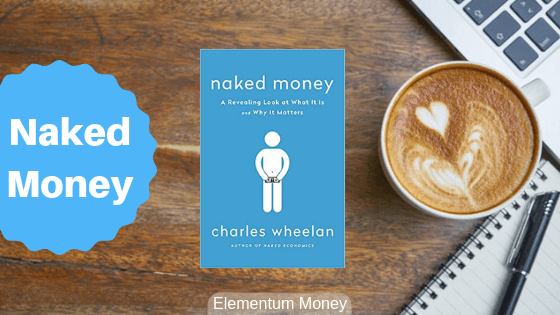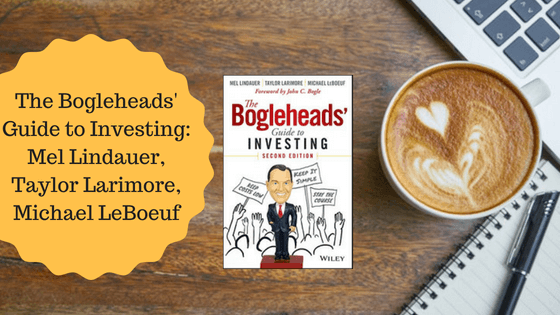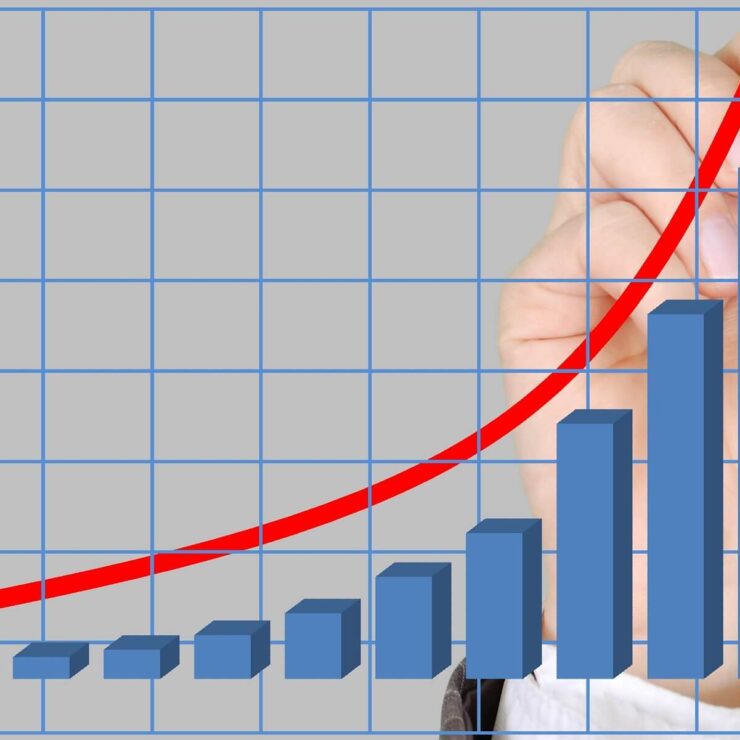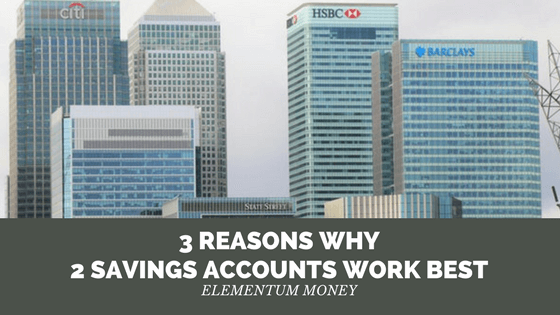I am a sucker for a sense of humor. I have an increasing passion for money. I love reading books. Knowing these three facts about myself, it shouldn’t have really come as a surprise that I would fall hook, line, and sinker for Charles Wheelan and his book Naked Money. For anyone who has even a mild interest in understanding about what is money, how did it evolve, important concepts like inflation and deflation and the role of central banks, this is one book that will get the job done by replacing possible yawns with laugh-out-loud moments.
Who is Charles Wheelan?
On his website, Charles Wheelan describes himself thus, “ I am a senior lecturer and policy fellow at the Rockefeller Center at Dartmouth College, a former correspondent for The Economist, and the author of assorted books that attempt to make serious topics more accessible (and even fun)”
What I know is that he is an alchemist capable of converting yawns to wide-eyed wonder, smiles and outright laughs. While this has been an extremely hard book to pin down, I will try and talk only about 5 of the concepts to give some idea of what I took away from the book.
What is money?
The book starts on a reassuring note making me realize we Indians are not the only ones to attempt a policy as lofty as demonetization to eradicate black money. North Korea did it one step better by replacing the existing currency with a new currency altogether which was a multiple of 100 of the earlier currency AND by limiting the amount of cash that could be exchanged. Even in economic policy, looks like we end up taking inspiration from the Koreans!
The first chapter is devoted to make the point through wonderful examples and anecdotes about how anything money should fulfill three conditions: it should serve as a unit of account, it should be a store of value and it should be a medium of exchange.
When we consider these three conditions, we also begin to understand how the fiat currency or currency with no intrinsic value or a fixed quantity of a physical good backing it works in today’s economies. Does it serve as a unit of account? Absolutely. A rupee or a dollar are the same irrespective of the quality of the currency note. It should be a store of value? This is true but the value does not remain consistent since with inflation or deflation the worth of each note keeps swinging one way or the other. A medium of exchange? Most definitely. Atleast in acceptable geographical limits, the currency in question is a well accepted medium of exchange.
While it’s not as simple as this, the author explores the problems that the currency comes with, especially the easy possibility of hyper inflation like in Zimbabwe considering it’s pretty easy to create money with no worry of scarcity or limited quantity whatsoever. How does fiat currency still make sense? Charles Wheelan is a far more apt guide to that complex question which he does with such fine prowess and reader engagement that it still boggles my mind.
Inflation and Deflation
When you think about inflation, the poster boy remains Zimbabwe. There is no better way to explain it than the anecdote quoted by Wheelan about how on July 4, 2008, a beer at a Harare bar cost 100 billion Zimbabwe dollars and an hour later it had climbed up to 150 billion Zimbabwe dollars! A 50{76b947d7ef5b3424fa3b69da76ad2c33c34408872c6cc7893e56cc055d3cd886} rate of inflation in one hour!!
It is easy to think that if inflation is so evil, it’s mirror opposite deflation would be a delight. However, while the costs of staples and your own salary might fall with deflation, long term debt would end up remaining the same and you would end up paying more as EMI with the amount remaining unchanged.
What is important to remember is the fact that the underlying goods remain the same. With inflation or deflation, the changes are happening in the purchasing power of the currency in question. So with inflation, you end up paying more money for the same goods making each rupee or dollar less valuable in the market.
Why does inflation even happen? I think Wheelan put an apt quote from Nobel Prize winning economist Milton Friedman which summarizes the concept succinctly – “Inflation occurs when the quantity of money rises appreciably more rapidly than output, and the more rapid the rise in the quantity of money per unit of output, the greater the rate of inflation”
For me though, a new concept was the idea of “velocity” of money or the speed with which it circulates. In times of economic uncertainty, people are more prone to hang on to their money. On the other hand, when the economy feels more stable, there are more avenues to spend and invest as well as more trust in not needing to stockpile cash. Considering our penchant for black money, it probably makes sense why the inflation rate remains higher in India than in the developed Western countries. This also provides some link to how it has fallen from the double digits that we or our parents have experienced in the last century.
If the goods in the economy remain the same, then is inflation even a problem? There are two factors to it. One, inflation is unpredictable. While there are official numbers on it, which numbers to refer to is another problem that will be discussed as well as the fact that sometimes it could seem more in hindsight than anything else. The second most interesting aspect requires me to quote Wheelan:
“Prices are supposed to transmit information in a market economy; inflation obscures that mechanism”
Confused? Wheelan gives a fantastic example to drive home the point very well. Considering I don’t have his skills or word count I will give a slightly different example. Have you noticed how a pack of potato chips in India worth Rs. 10 has always remained at that price for years and years now? The manufacturers know that it is a psychological threshold which the consumer may be unwilling to cross. However, inflation is for real impacting everything including input prices. So, the solution? The quantity goes down with a lot of air to keep it company. While the price of Rs. 10 is still communicating information about a packet of chips, the information is obscured by a depleted quantity.
At the risk of the post becoming pretty long, I can’t resist adding this fun quote from the book:
In the timeless economic classic Goldilocks and the Central Bankers, Zimbabwe creates more money recklessly and ruins the economy with runaway inflation. Japan allows prices to drift downward for two decades and suffers economic malaise. Goldilocks searches for a central banker who can deliver prices that are just right.
Charles Wheelan ( Naked Money)
Prices
In this context, you will get an idea about the lengths to which prices are mapped and measured as well as the various indices to understand inflation. But, the biggest revelation in this chapter is the fact about how inflation is a far greater necessity than stable prices.
As I have been harping in this blog time and again, money is not merely rational but also hugely emotional. We all want more of it, happily forgetting to separate the real and nominal values of money. Consider two situations. One where there is no inflation and an employee is not given a raise. Second, where inflation is 6{76b947d7ef5b3424fa3b69da76ad2c33c34408872c6cc7893e56cc055d3cd886} and an employee is given a raise of 3{76b947d7ef5b3424fa3b69da76ad2c33c34408872c6cc7893e56cc055d3cd886}. In the second situation, the employee ends up with a lower salary in terms of value but most people would still choose to go with that.
There are other benefits to a low-to-moderate level of inflation in the economy which are best read in Wheelan’s words in the book. Yet again one of his quotes aptly summarizes just how tricky it is to get about the subtle balance between inflation, hyperinflation and deflation:
Inflation is bad. Deflation is worse. Hyperinflation is (the) worst of all. Yet there are some political actors who benefit from each. Meanwhile, the whole point of money is to facilitate commerce, which is presumably best achieved by prices that don’t change at all, except that commerce actually works more smoothly, when prices are rising gradually, over time. Go figure.
So yes, getting prices just right is a challenge.
Charles Wheelan (Naked Money)
Currency exchange rates
I think this was one of the funniest chapters in the book. Wheelan imagines a few situations and then uses his analogies and sense of humor to drive home some points. Sample these:
What is the mechanism used to value one currency against another? The answer is that different countries have different exchange rate regimes, ranging from the United States (let the market decide) to China (let’s manipulate the market) to North Korea (the exchange rate is what the Great Leader says it is).
Charles Wheelan (Naked Money)
The situation resembles a struggling department store: yes, it would be wonderful to sell everything at full price, but if there is a lot of unsold merchandise hanging on the racks, the next best option is to hold a sale. A cheaper currency is like putting your whole country on sale for the rest of the world.
Charles Wheelan (Naked Money)
It’s mathematically impossible for all currencies to get weaker at the same time. It’s like standing up at a football game to get a better view – a great strategy until everyone else does the same.
Charles Wheelan (Naked Money)
To me, these three quotes ended up giving crystal clarity about some of the key concepts when you think of global foreign exchange, how currencies are valued against each other as well as the impact devaluing your own currency.
Wheelan also talks a bit about the Euro here, though much more in another chapter and the complications arising with a Currency Union where multiple countries share a currency. Finally, the stronger countries end up making the monetary policy for the entire region with weaker countries not getting any say and in some ways being at the mercy of the muscle power. The book was first published in 2016, way before the first whispers of a split. It sure would be interesting to know his take on Brexit.
The future of money
When we think about money, we generally tend to think of it in terms of the things it can buy or the way it makes us feel. But what is money and what is it’s future? How is it that a card swipe translates to money and so do pieces of paper and so do a few clicks resulting in bitcon, oops I mean bitcoin.
While I have been more of an ostrich when it comes to understanding about bitcoin, this book by far has given me the best understanding of the concept I could ever hope for. More importantly, it breaks down the concept of money to such a core basic that it could then apply to all the three ways of transacting mentioned above.
(Michael) Bryan (economist at the Federal Reserve) writes, “Some have argued, at least as far back as the seventeenth-century philosopher John Locke, that money is merely a communication device that serves as a societal memory of someone’s production and consumption”
Charles Wheelan (Naked Money)
Money is memory. (Taken from the title of a staff report for the Federal Reserve Bank by Narayana Kocherlakota)
Charles Wheelan (Naked Money)
This idea blew my mind. Think about it. We provide value for a month and we are paid a salary. We consume the clothes we buy and we pay for that. Money in a sense is a full-blown ledger system through the global economy.
For me, this has been the best read in a long long time. Educative yet funny. It has also been one of the hardest books to distill down in a post. In some ways, it feels like putting a nice juicy sugar cane through the juicing machine and putting forth only the dry fiber left. It still is the core, though missing the quintessential juice that makes it what it is.
In essence, if you have some interest in how money works and even a sliver of a doubt about some core concepts, this book is an absolute must. With some understanding about how money works at a macro level, your relationship with this vital element of life will only improve. For instance, you will start seeing inflation as a necessary evil and try to segregate the real from the nominal prices whenever you think of money.
And Charles Wheelan, I am now a fangirl!





Leave a Reply